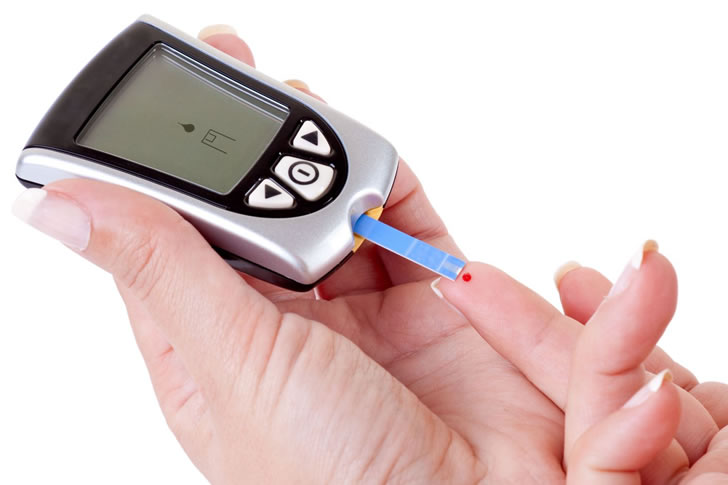Early Warning Things Of Diabetes Often Overlooked By Seniors
Diabetes is a chronic medical condition that affects millions of people worldwide. It significantly impacts an individual’s health and well-being, influencing various aspects of life. We delve into the critical aspects of diabetes, providing essential knowledge and data to empower those living with the condition or anyone interested in understanding it better.

Understanding Diabetes and Its Primary Types
Diabetes occurs when the body’s ability to produce or respond to the hormone insulin is impaired, resulting in abnormal metabolism of carbohydrates and elevated levels of glucose in the blood and urine. The main types of diabetes are Type 1, Type 2, and gestational diabetes, with Type 2 being the most common among seniors. In Type 2 diabetes, the body becomes resistant to insulin or doesn’t produce enough insulin to maintain a normal glucose level.
Signs and Symptoms Often Missed by Seniros
Many seniors and even healthcare providers might overlook early warning signs of diabetes because they appear to be normal aging phenomena. Common symptoms such as increased fatigue or mild confusion are often attributed to old age. However, timely diagnosis can lead to better management and reduction in risk of complications. Here are some critical signs often overlooked:
- Frequent Urination and Increased Thirst: Kidneys have to work harder to filter and absorb excess glucose in the blood, leading to increased urination and subsequently, dehydration. This triggers a cycle of increased thirst and fluid intake, followed by frequent urination.
- Unexpected Weight Loss: Despite eating more than usual to satisfy increased hunger, weight loss might occur if the body starts breaking down muscle and fat for energy, a common occurrence due to the lack of insulin to process glucose in the body.
- Blurred Vision: High blood sugar levels can pull fluid from the lenses of your eyes, affecting the ability to focus clearly. This symptom is often dismissed as a routine part of aging or attributed to cataracts.
- Fatigue: When your body’s cells are deprived of glucose, it leads to an overall feeling of fatigue. Senirors might ignore this symptom, believing it to be related to their age rather than a metabolic dysfunction.
- Slow Healing of Cuts and Wounds: High blood sugar levels over time affect the blood flow, causing nerve damage and making it harder for the body to heal wounds.
Recognizing these signs can lead to earlier diagnosis and treatment, which are essential in managing diabetes effectively and preventing severe complications.
Importance of Screening and Timely Diagnosis
The American Diabetes Association (ADA) recommends that adults begin diabetes screening at age 35, especially if they are overweight or have other risk factors. Early detection through routine screening can be tremendously valuable in managing diabetes effectively. Screening involves simple blood tests to measure blood sugar levels, including the fasting plasma glucose test or the A1C test which gives a snapshot of average blood glucose levels over several months.
Managing Diabetes in seniors
Management of diabetes involves a comprehensive approach that includes lifestyle changes, regular monitoring of blood sugar levels, medication, and education about the disease and its potential complications. Here are several steps seniors who are diagnosed with diabetes can take:
- Diet and Nutrition: Eating a balanced diet rich in fruits, vegetables, lean proteins, and whole grains can help control blood sugar levels. Consulting a dietitian can aid in creating a meal plan that suits individual health needs.
- Regular Physical Activity: Exercise helps improve blood sugar control, decrease blood pressure, and reduce cardiovascular risk. Activities such as walking, swimming, and yoga can be particularly beneficial for seniors.
- Medication Compliance: Taking medication as prescribed is crucial for managing diabetes. Seniors may need assistance with managing multiple medications effectively.
- Monitoring Blood Sugar Levels: Keeping track of blood glucose levels helps in managing diabetes effectively. This can include using a home blood glucose monitor or continuous glucose monitoring systems.
Educational programs tailored for seniors can also provide valuable information on living with diabetes and coping with the emotional aspects of the disease.
Conclusion
Diabetes is a major health issue, particularly for seniors, but it can be managed effectively with early detection and appropriate interventions. Recognizing and responding to early symptoms can dramatically alter the course of this disease and reduce its impact on an individual’s quality of life. Awareness campaigns and education tailored towards seniors and caregivers can help bridge the gap in recognizing oft-missed symptoms.
The importance of regular screening and consistent management cannot be overstated in the battle against diabetes in older populations. With the right knowledge and resources, diabetes can be managed successfully, leading to a healthier and more vibrant life.







Recent Comments